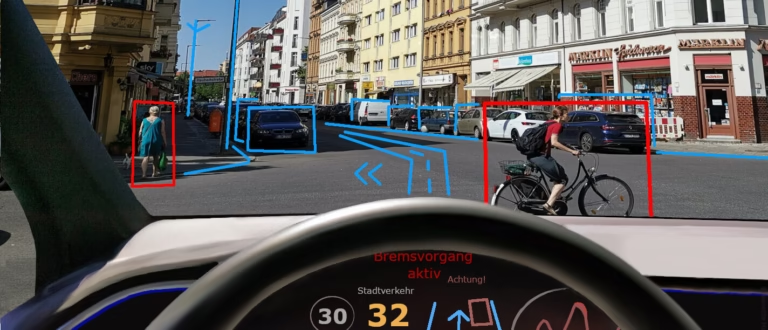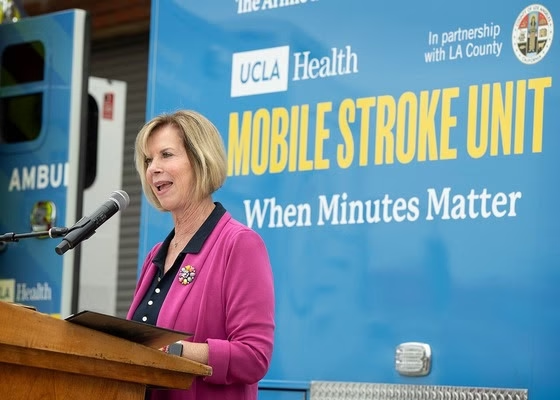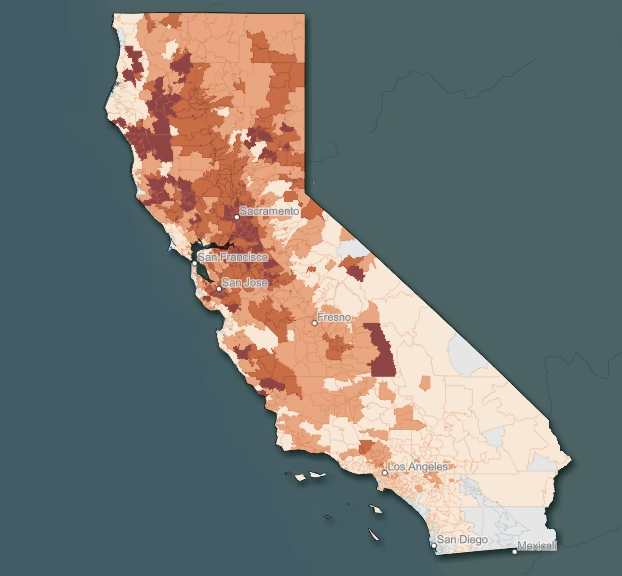Republicans Move to Destroy the Balance of Powers
In a legal sleight of hand, Republicans want to strip judges of their power to enforce rulings — because holding Trump in contempt might actually work…
With almost no mention by our mainstream corporate press, Republicans in the House of Representatives are proposing to end all checks on the power of Donald Trump, effectively ending the American experiment of a democratic republic. It’s shockingly anti-American.
Since the only branch of government standing against Trump right now is the courts, Republicans believe they’ve found a way to end that resistance. Here’s the backstory.
The grand invention of our Founders, cribbed from the Iroquois Confederacy and following an outline Montesquieu suggested (based on his reading about Native Americans), was a three-branch-of-government system where each branch would act as a check on the power of the other two.
Article I: Congress solely controls the ability to declare war, raise taxes, and spend money; all spending and taxation must originate in the House of Representatives, and Congress also has oversight power (and the power of the purse) with regard to both the president and the Supreme Court. They can even defund either, and have the power to pass laws limiting what the Courts can rule on as well as the power to limit presidential behavior.
Article II: The president has the power to appoint justices to the Supreme Court and must enforce laws Congress makes, but has considerable power to investigate members of either branch for criminal conspiracy and other illegal or even unethical behavior; the president controls the police agencies of the nation, starting with the FBI.
Article III: The Supreme Court (and its inferior courts) can restrain both Congress and the president by declaring their actions unconstitutional or in violation of existing law. Their only power other than moral persuasion — as Hamilton pointed out in Federalist 78, writing that they have “neither a sword nor a purse” — their only tool to force compliance with their orders is the power, established by law, to hold the subjects of their rulings or the people pleading them “in contempt of court,” which can lead to substantial fines or even jail time.
Right now the Trump administration is pretty clearly in contempt of at least one Supreme Court order and several from lower courts around the issue of deporting Venezuelan nationals to a brutal concentration camp in El Salvador.
Both Judge Boasbert and Judge Xinis have implied that they may hold Trump’s lawyers in contempt unless they provide answers to their questions about why they’re refusing to comply with court orders.
Again, the power of contempt is the only “real” enforcement power the courts have, the only way they can make their orders stick. They can start by fining or jailing Trump’s lawyers who are standing before them, and work their way up from there all the way, arguably, to the president himself.
So far, Trump has effectively neutered Congress; there’s not a single elected Republican who’s willing to seriously challenge his questionable actions, particularly his denial of due process to foreign students and undocumented aliens.
Which leaves only the courts as a check on his power.
Which is apparently why toady Republicans in the House have inserted the following language into their “Big Brutal Bill” (as Ro Khanna calls it) that provides for trillions in tax breaks for billionaires like Trump, Musk, Zuckerberg, Bezos, etc.:
“No court of the United States may use appropriated funds to enforce a contempt citation for failure to comply with an injunction or temporary restraining order if no security was given when the injunction or order was issued….”
In plain language, what this says is that no court can enforce a contempt charge against Trump or his people unless the person or group who brought the charges against the president or his administration had first posted a cash bond.
So, here’s the kicker: in civil proceedings, like virtually 100% of the cases Trump is involved with regarding his abuse of power and refusal to acknowledge due process, there is no bond involved.
There almost never is bond in any civil cases like these, in fact.
Thus, if this becomes law, Congress will have stripped the courts — including the Supreme Court — of their ability to use the power of contempt to enforce their rulings. This is way beyond Andrew Jackson’s worst fever dreams.
Congress (Article I) has been rendered docile by virtue of primary challenges funded by Musk and other billionaires, and the (Article III) courts would be helpless by virtue of this new regulation, leaving the only branch of government with any ability to exercise its own will as the presidency (Article II).
With this single stroke, Trump will have crowned himself king. No congress and no court can stop him. Even if Congress were to try, it would need the courts to enforce their hearings, investigations, subpoenas, and laws; without the power of contempt, the courts would lose that ability.
As UC Berkeley School of Law Dean and Distinguished Professor of Law Erwin Chemerinsky noted yesterday at the Just Security blog, this provision in the proposed tax law would end any restraint on Trump:
“Without the contempt power, judicial orders are meaningless and can be ignored. There is no way to understand this except as a way to keep the Trump administration from being restrained when it violates the Constitution or otherwise breaks the law. …
“This would be a stunning restriction on the power of the federal courts. The Supreme Court has long recognized that the contempt power is integral to the authority of the federal courts. Without the ability to enforce judicial orders, they are rendered mere advisory opinions which parties are free to disregard.”
At the risk of restating the obvious, Chemerinsky adds:
“Of course, the question must be asked: why do Republicans now want to limit the power of the federal courts to enforce orders? The answer seems obvious: it is an effort by the Trump administration to negate one of the few checks that exist on its powers.”
Many of us have been warning for years that Trump’s end goal is to turn America from a constitutionally-limited democratic republic into a naked dictatorship: this provision would do it, ending all constraints on his power.
I’ve often expressed my general agreement with both Jefferson and Lincoln that judicial review is too easily abused and the Marbury decision handed the courts more power than it should have. (See: The Hidden History of the Supreme Court and the Betrayal of America.)
But this is so far over the top as to be America-ending. It’s a shocking attempt to end the power of the courts and replace the tripartite authority of our government with a single branch led by a single man, acting as a dictator in the sense of the word as invented by the Romans two millennia ago.
There will literally be nothing that can legally stop him.



















